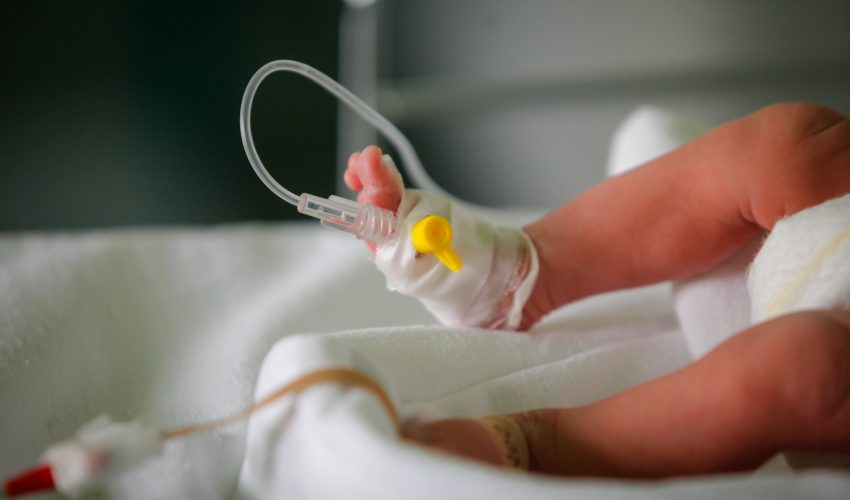Post Views: 3,471
Views No Comments
Trisomy 18, also referred to as “Edwards Syndrome”, is a chromosomal condition associated with abnormalities in multiple parts of the body. Basically, this condition is the result of an error in cell division called “meiotic disjunction.”
With this error, there would be another chromosome 18, rather than just the pair. This results in a disruption in the normal growth pattern, which can be both severe and life-threatening.
Trisomy 18 is found in approximately 1 out of 2,500 pregnancies, as well as 1 out of 6,000 live births in the United States. So, it’s essential to understand this condition thoroughly and raise as much awareness as you can.
Here is a guide to understand all of the angles of Trisomy 18.
A More Detailed Look at Trisomy 18:
Trisomy 18 is the result of chromosomal abnormality that occurs during cell division. Chromosomes are the threadlike structures in the bodily cells, which are carrying the genes. On the other hand, genes are the elements that pass on the instructions required to develop a fetus’ body in the womb. During fertilization, the egg and the sperm will join together to form an embryo where their chromosomes will also be joined. Each baby would receive 23 chromosomes from his/her mother and another 23 from his/her father. In some cases, the egg or the sperm would carry a wrong number of chromosomes and as the egg and the sperm combine together during fertilization, this error would be passed onto the baby as well.
In trisomy, the resulting fetus would contain an additional number of chromosome in a few or all of his/her the cells. Trisomy 18 means that the baby has a triplet of chromosome 18.
Types of Trisomy 18:
Although trisomy 18 denotes the presence of chromosome 18 in the body cells, the error can occur in various ways. Hhere are three types of Trisomy 18:
Full trisomy 18:
As the name suggests, the additional chromosome 18 will be found in each and every cell of the baby’s body. This is found to be the most common type of Edwards Syndrome.
Partial trisomy 18:
In this type, the baby’s bodily cells would contain only a part of the additional chromosome 18. The remaining part may stick to any other chromosome in the egg or sperm. This type of mutation is also known as translocation. This type of trisomy 18 is rare.
Mosaic trisomy 18:
In this type, the trisomy of chromosome 18 is found in only some of the bodilyy cells. This type again is very rare.
Trisomy 18 Symptoms:
Most often, babies with this syndrome will be small and frail. They will have several serious health and physical issues, such as:
According to statistics, the female babies are found to be affected more often than male children.
Trisomy 18 Diagnosis and Prognosis:
A physician who is examining a pregnant woman can suspect trisomy 18 in the fetus. But, this is not an accurate way to diagnose the condition. The more accurate methods of diagnosis would include taking cells from the amniotic fluid/placenta to examine the chromosomes. In a majority of cases, the fetus with Trisomy 18 would die before birth.
After the live birth, a physician could suspect the condition by examining the baby’s face and physical features. Subsequently, a blood sample can be drawn to analyze the chromosomes of the baby’s cells. A chromosomal blood test can help to determine the possibilities of a mother havinh a baby with this condition. If the parents are concerned that their baby could be at risk of contracting trisomy 18 due to past pregnancies, they can consult a genetic counselor.
In the case of trisomy 18, the prognosis is very poor. Almost 50 percent of the affected infants do not live beyond the first year of their birth. Also, only a low percentage of infants with the condition are found to be living beyond their first year of life.
Trisomy 18 is found in approximately 1 out of 2,500 pregnancies, as well as 1 out of 6,000 live births in the United States. So, it’s essential to understand this condition thoroughly and raise as much awareness as you can. Here is a guide to understand all of the angles of Trisomy 18.

